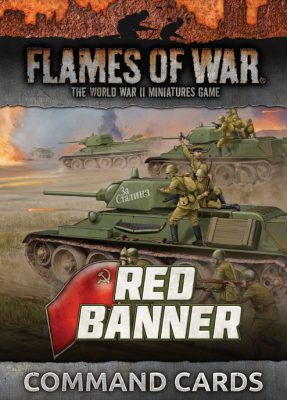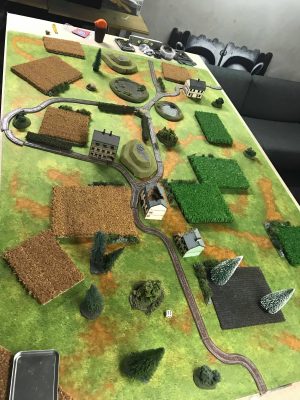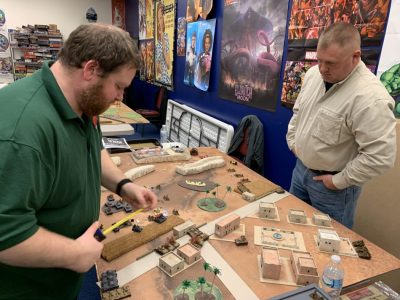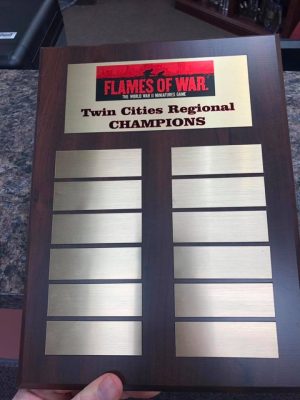By Ian Birdwell
 Editor: This week we take a look at one of the first User-Generated Content pieces produced for No Dice No Glory. Author Ian Birdwell on his Flames of War for the Hungarians in WWII:
Editor: This week we take a look at one of the first User-Generated Content pieces produced for No Dice No Glory. Author Ian Birdwell on his Flames of War for the Hungarians in WWII:
Hungary and the Eastern Front
By the end of 1942 Hungary was dealt a series of sobering blows by the Red Army, and had lost the entirety of the Hungarian 2nd Army by March of 1943.
In short, the Hungarian Army was in a bad way following the conclusion of the Battle of Stalingrad. With their history of continual losing ground, along with their dramatically outdated equipment the moment it enters service, what’s not to love about the Hungarian army?
Especially with mid-war, when it all begins to circle the drain.

 By Benny Christiansen
By Benny Christiansen
 Editor: This week we take a look at one of the first User-Generated Content pieces produced for No Dice No Glory. Author Ian Birdwell on his Flames of War for the Hungarians in WWII:
Editor: This week we take a look at one of the first User-Generated Content pieces produced for No Dice No Glory. Author Ian Birdwell on his Flames of War for the Hungarians in WWII: It always amazed me how many comments I have heard over the last year or so about the “collapse” of the US tournament scene. For sure, Flames of War (FOW) tournament play has declined with Version 4, along with other factors. And though I’m sure FOW has completely dried up in some areas, overall I never felt that the situation was particularly as dire as many have portrayed.
It always amazed me how many comments I have heard over the last year or so about the “collapse” of the US tournament scene. For sure, Flames of War (FOW) tournament play has declined with Version 4, along with other factors. And though I’m sure FOW has completely dried up in some areas, overall I never felt that the situation was particularly as dire as many have portrayed. By Tom Gall
By Tom Gall